-
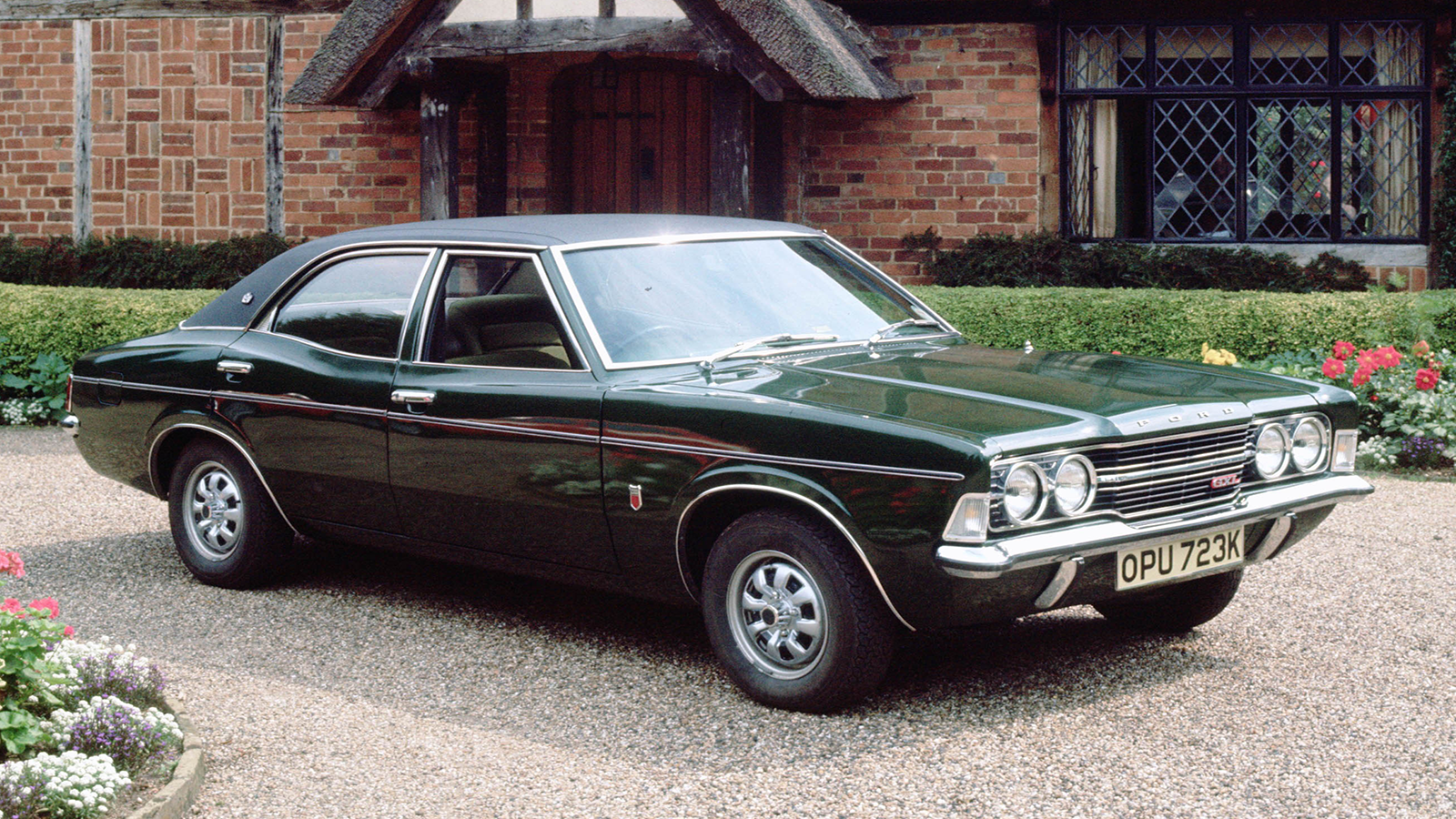 © Newspress
© Newspress -
 © Vauxhall UK
© Vauxhall UK -
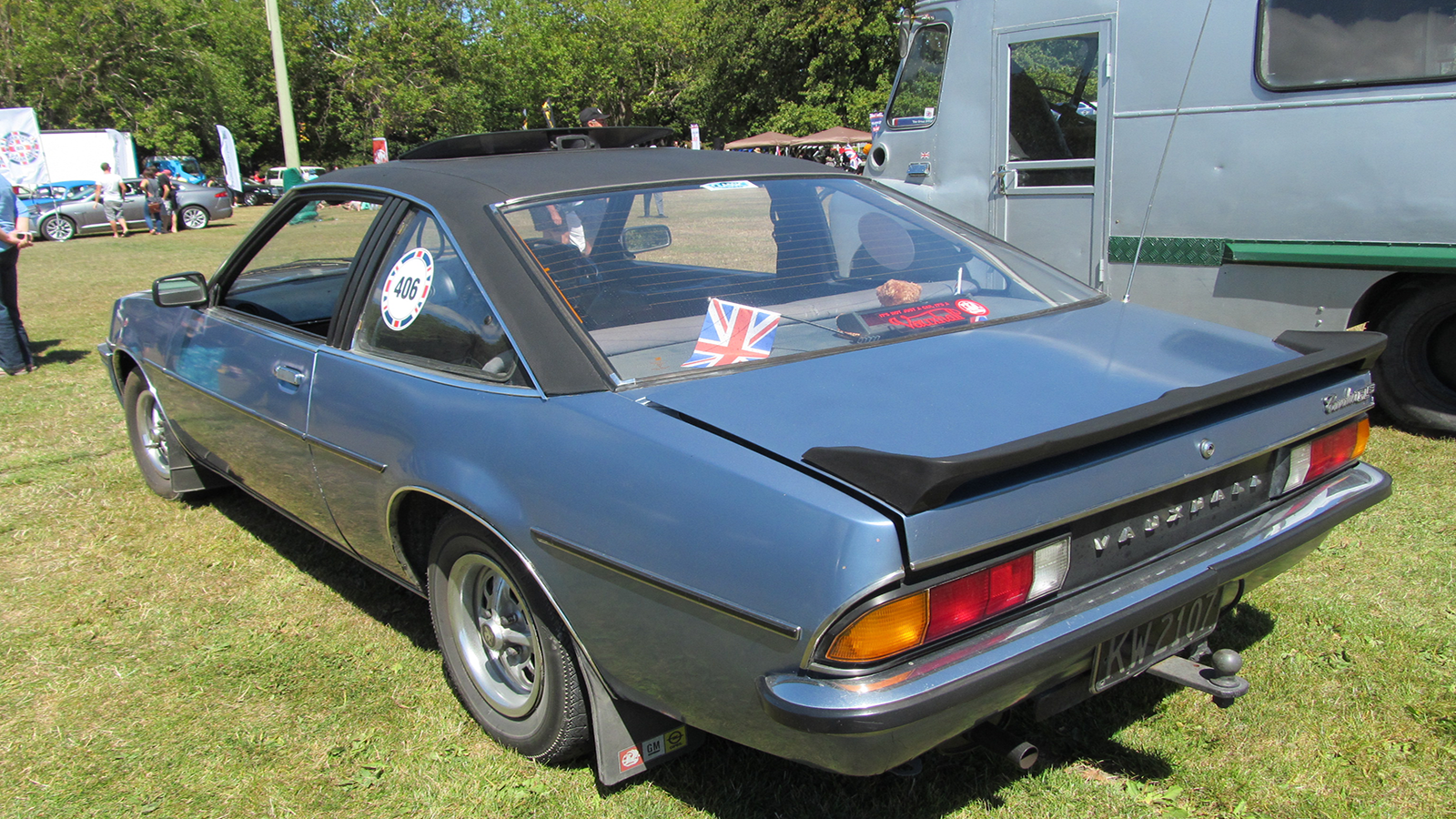 © Riley/Wikipedia
© Riley/Wikipedia -
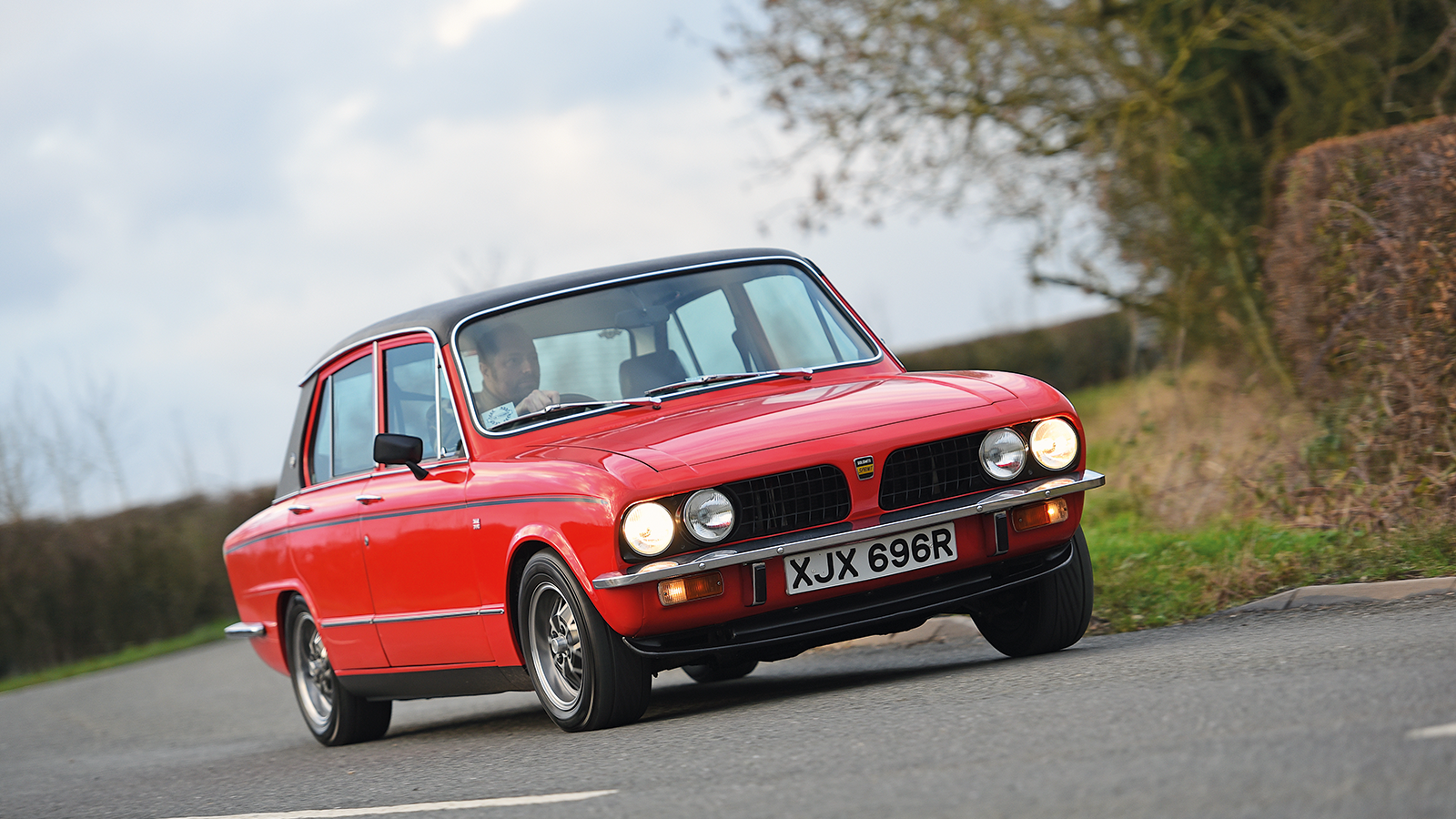 © Will Williams/Classic & Sports Car
© Will Williams/Classic & Sports Car -
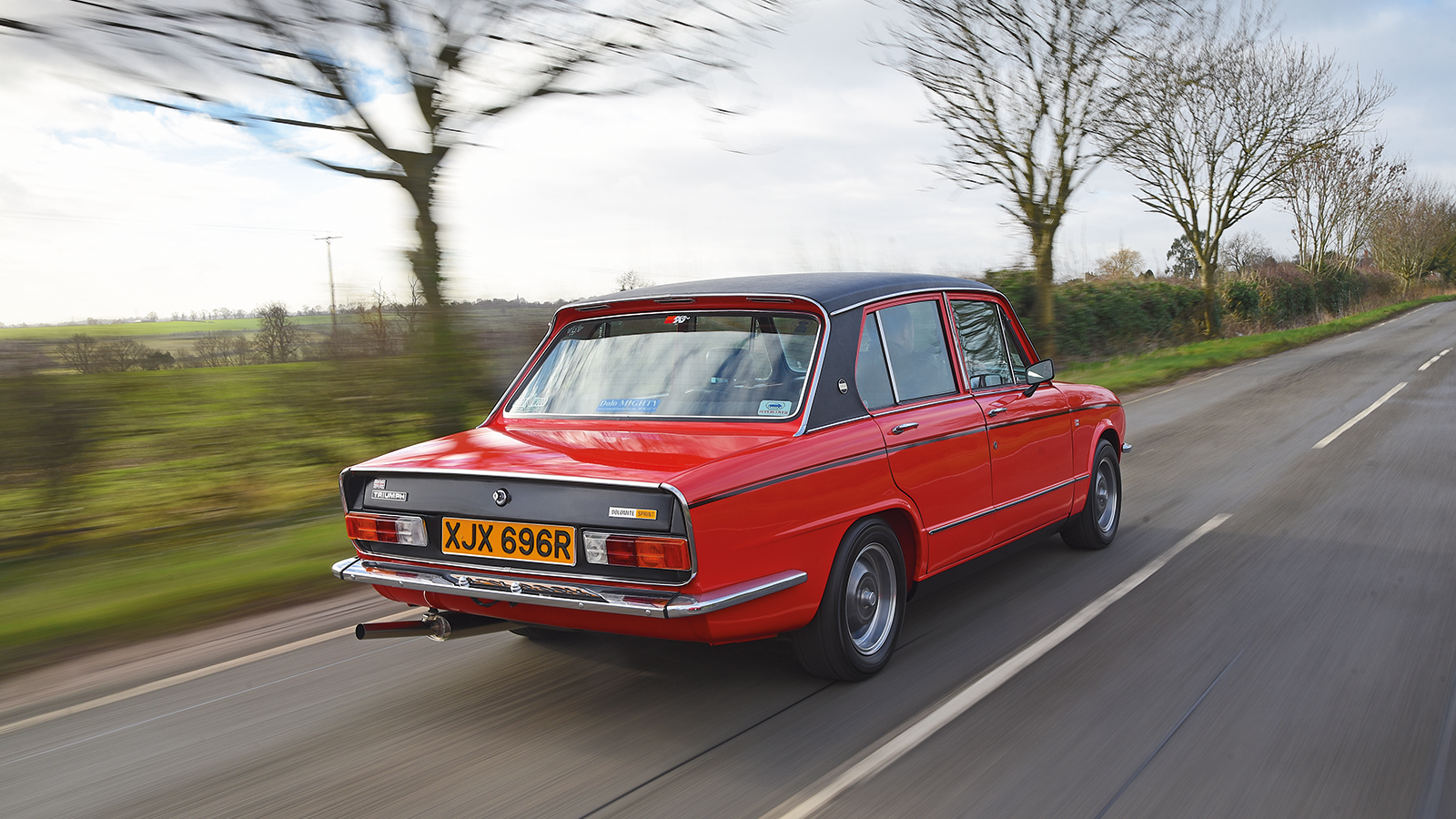 © Will Williams/Classic & Sports Car
© Will Williams/Classic & Sports Car -
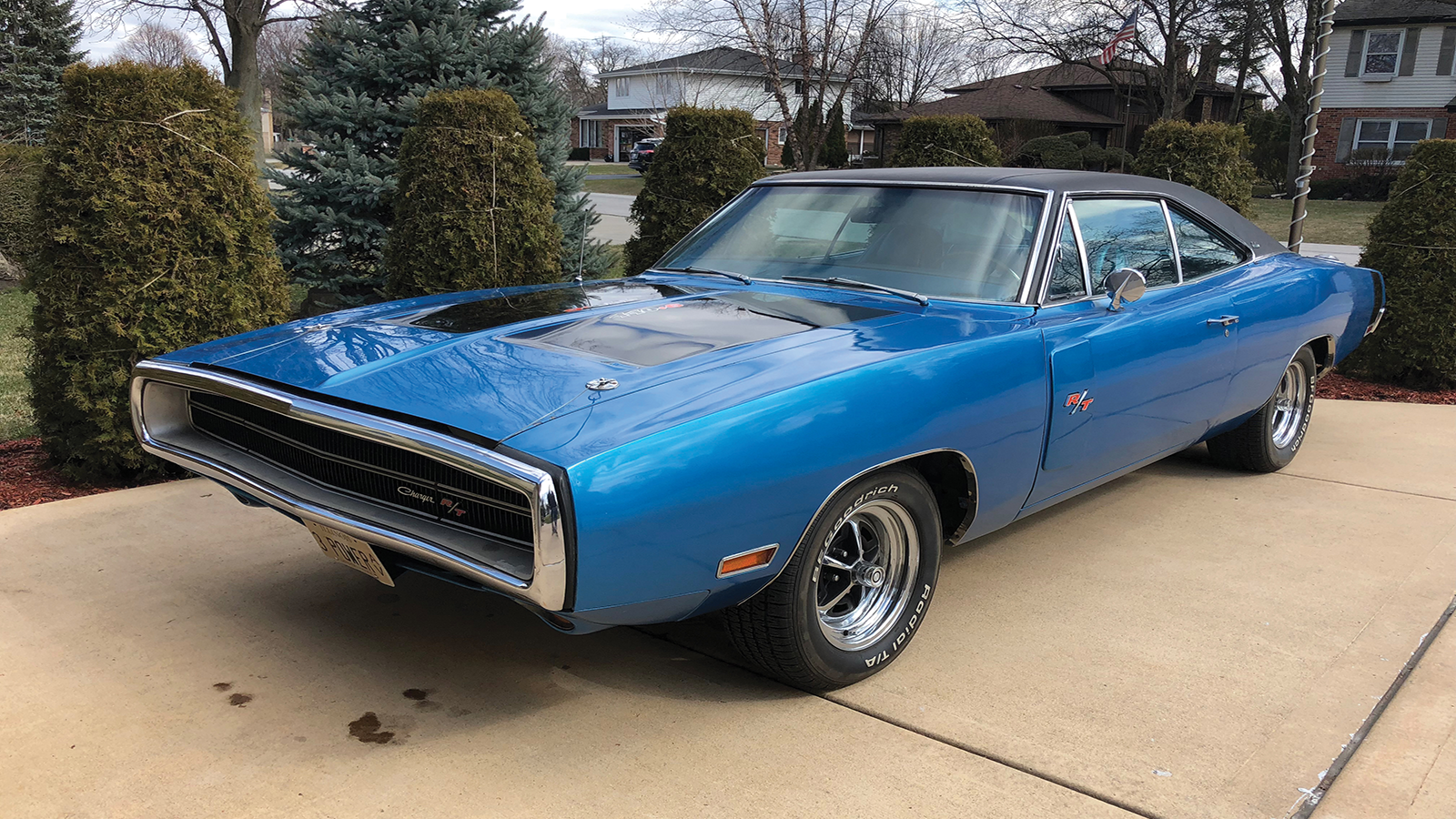 © RM Sotheby’s
© RM Sotheby’s -
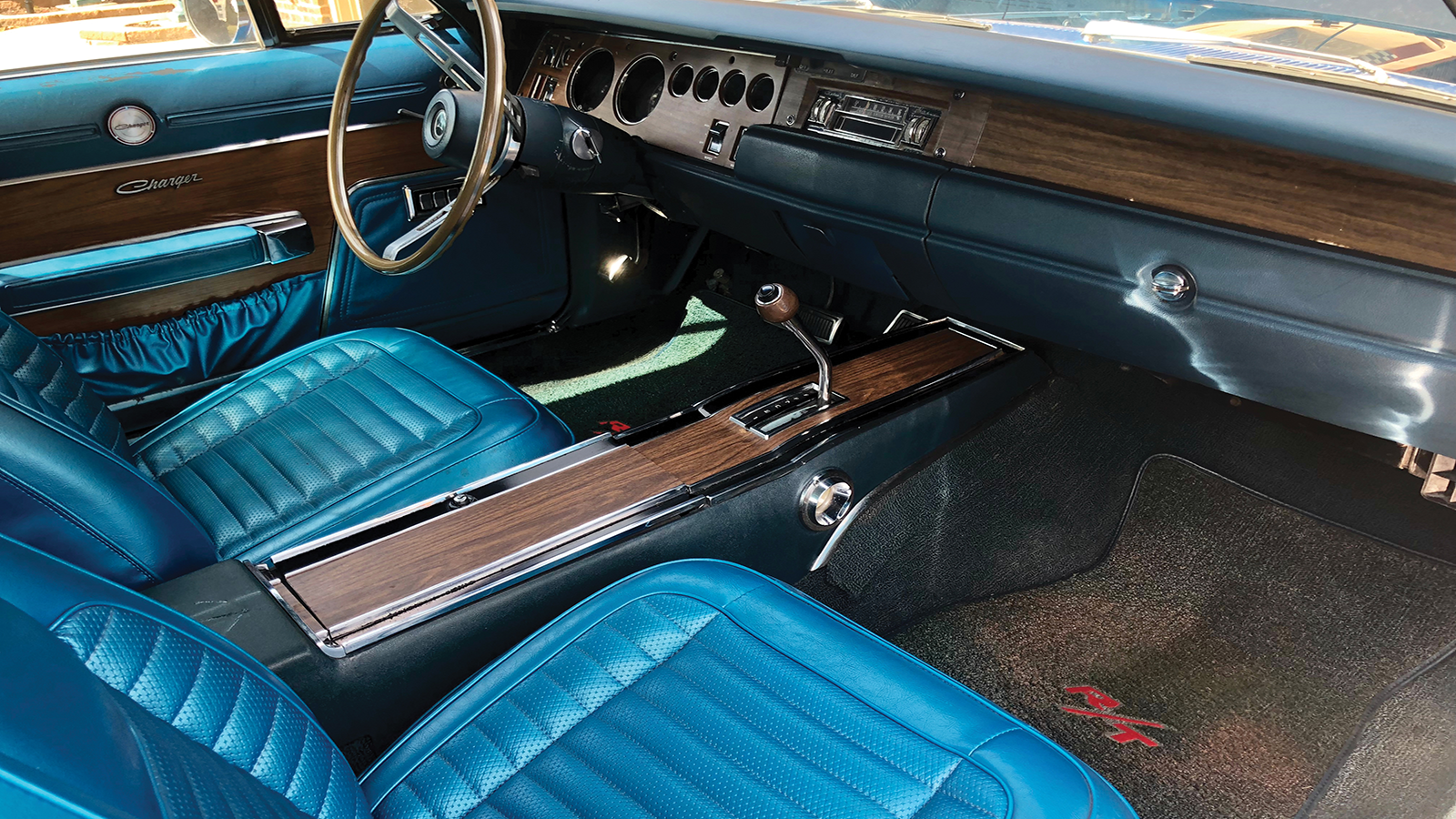 © RM Sotheby’s
© RM Sotheby’s -
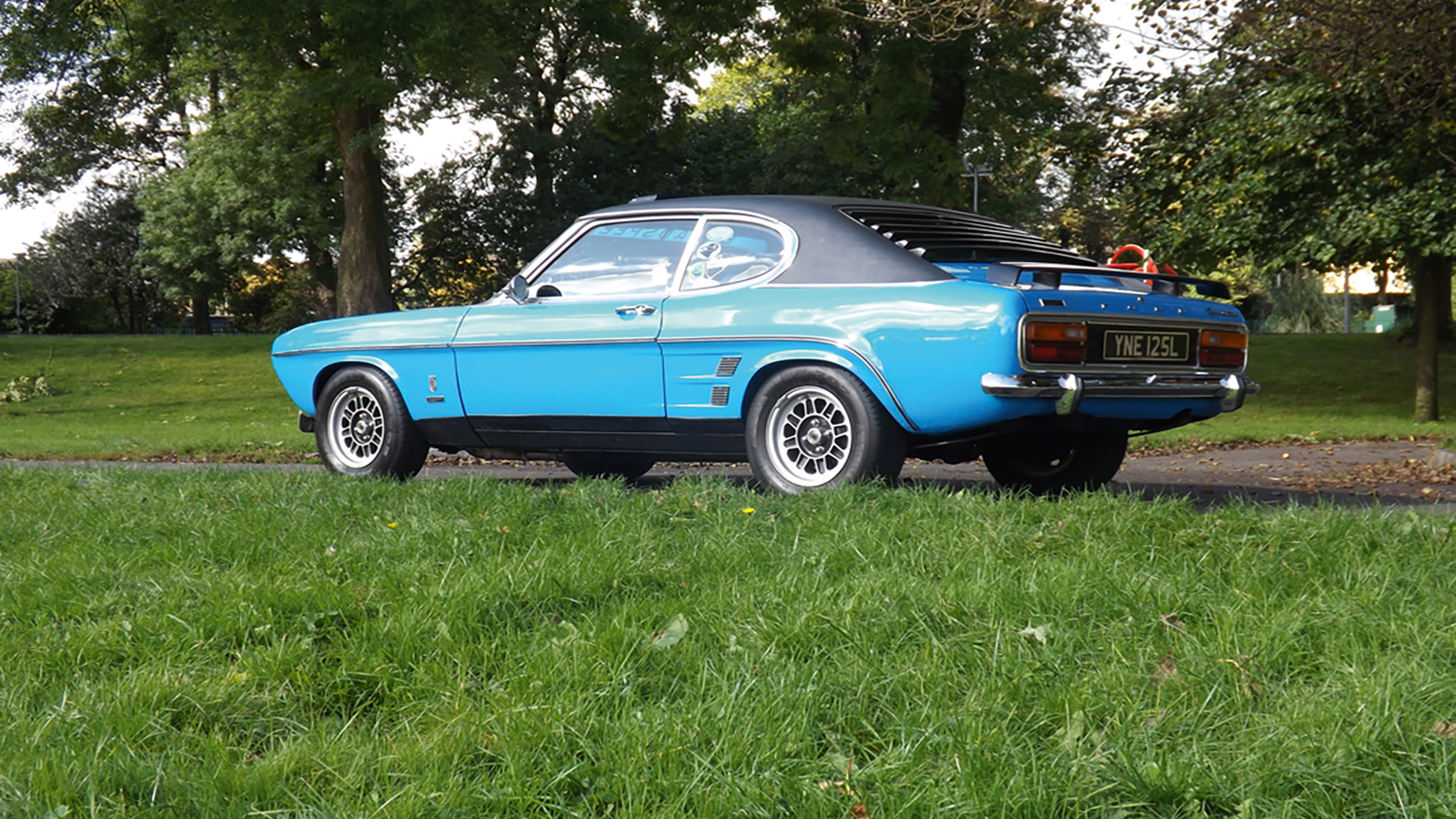 © Classic & Sports Car
© Classic & Sports Car -
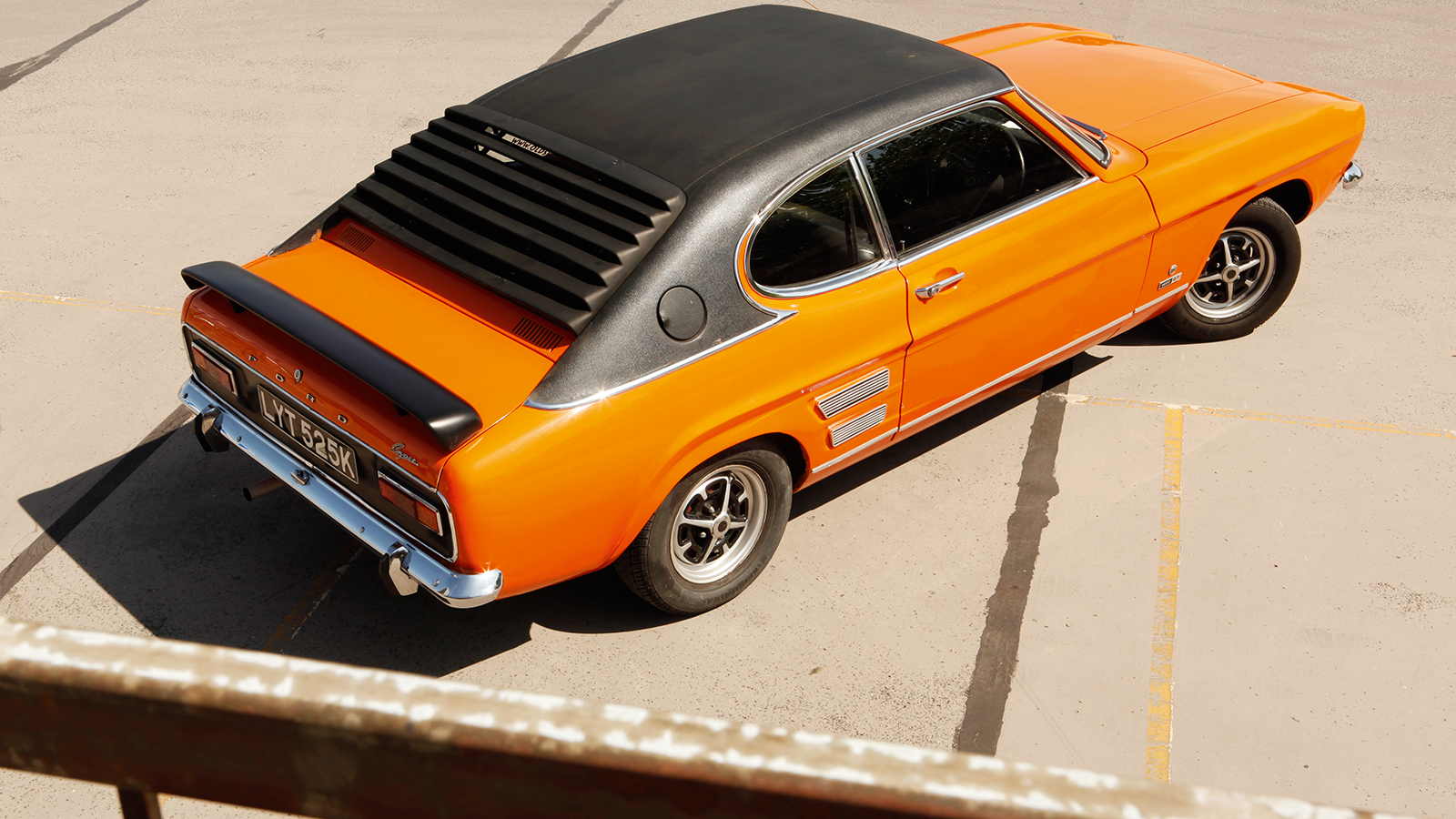 © Classic & Sports Car
© Classic & Sports Car -
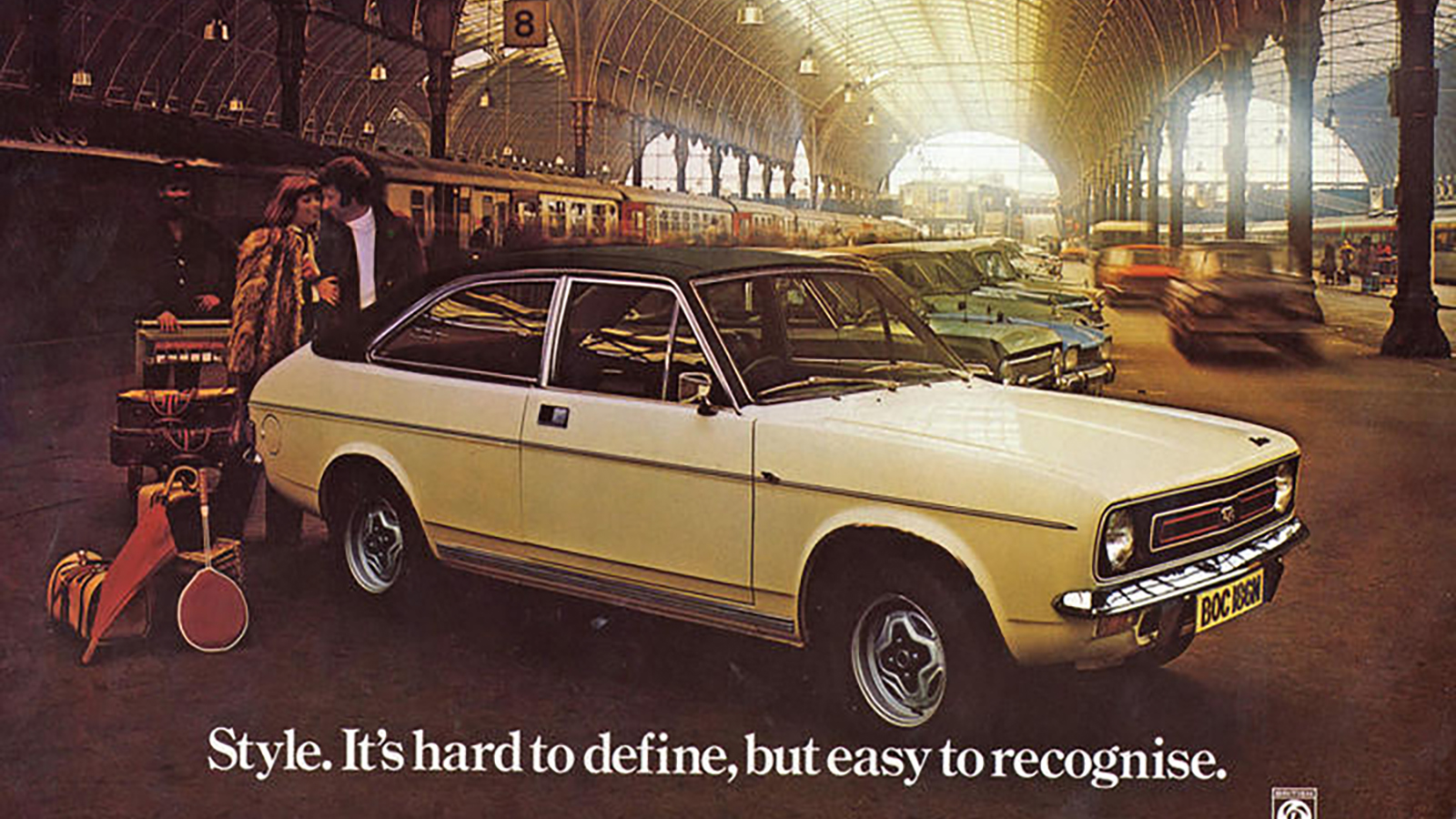 © Autocar
© Autocar -
 © Andrew Bone/Wikipedia
© Andrew Bone/Wikipedia -
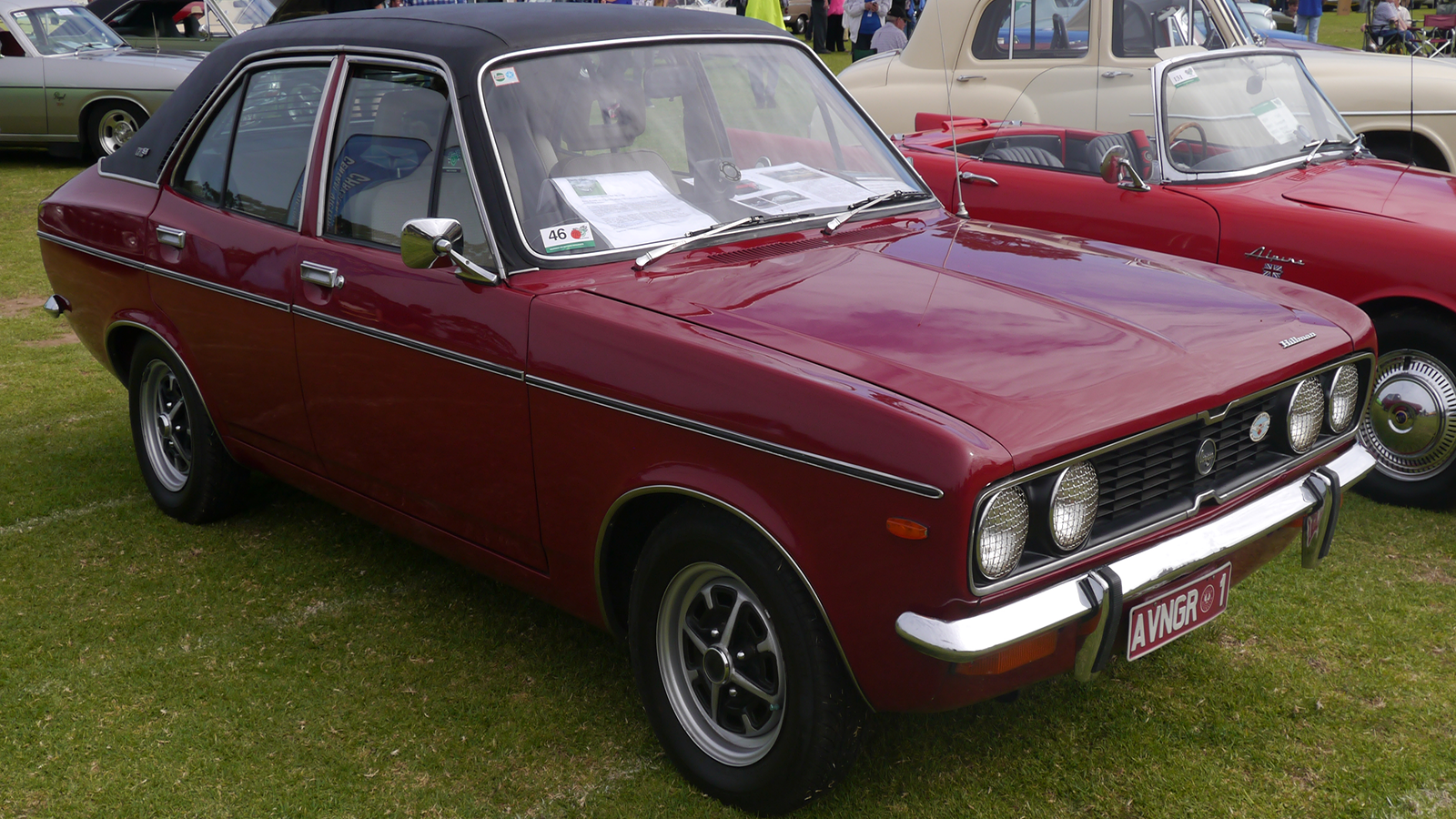 © Turbo J/Wikipedia
© Turbo J/Wikipedia -
 © Turbo J/Wikipedia
© Turbo J/Wikipedia -
 © Martin Meiners/Classic & Sports Car
© Martin Meiners/Classic & Sports Car -
 © Martin Meiners/Classic & Sports Car
© Martin Meiners/Classic & Sports Car -
 © RM Sotheby’s
© RM Sotheby’s -
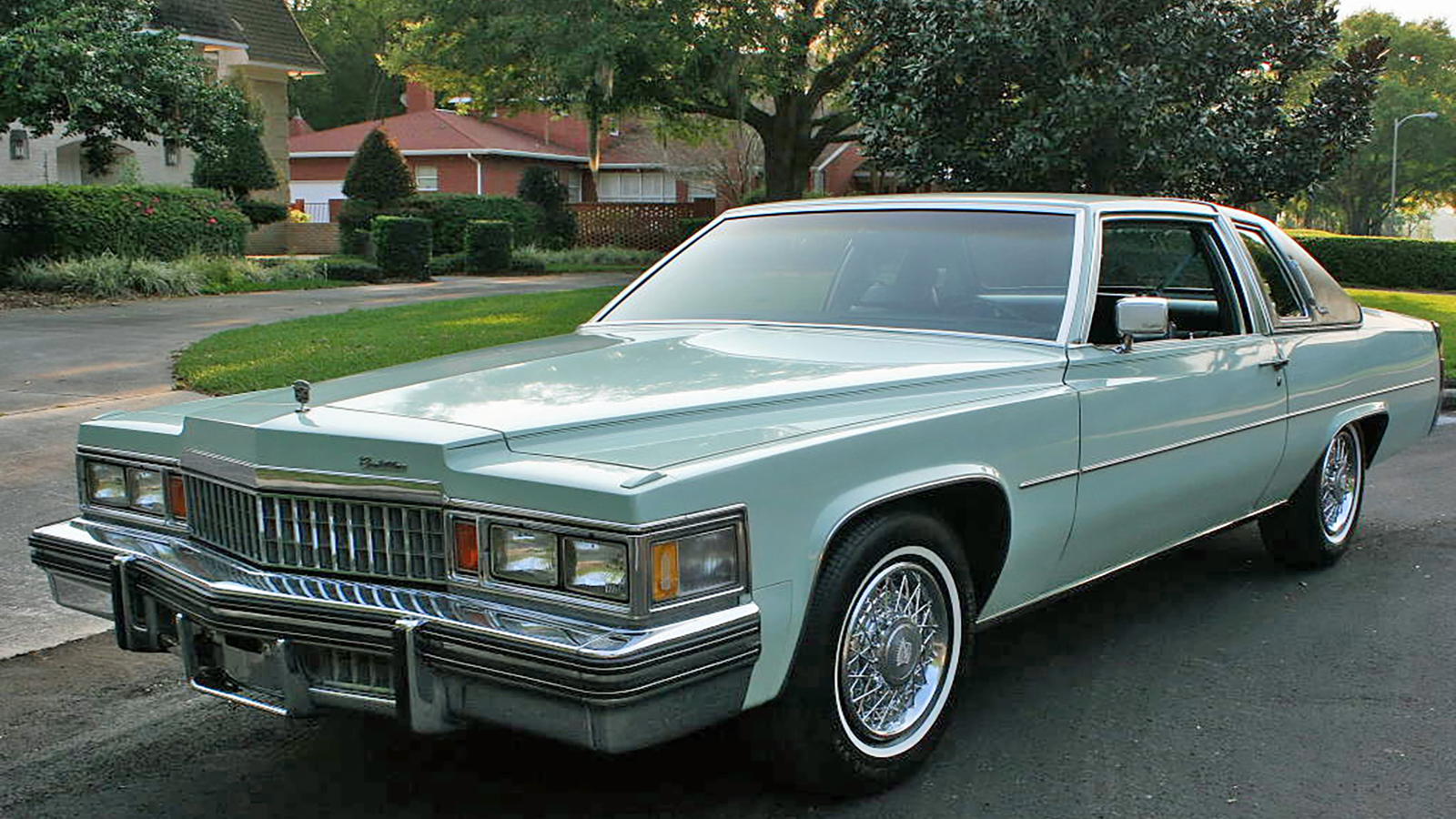 © That Hartford Guy/Wikipedia
© That Hartford Guy/Wikipedia -
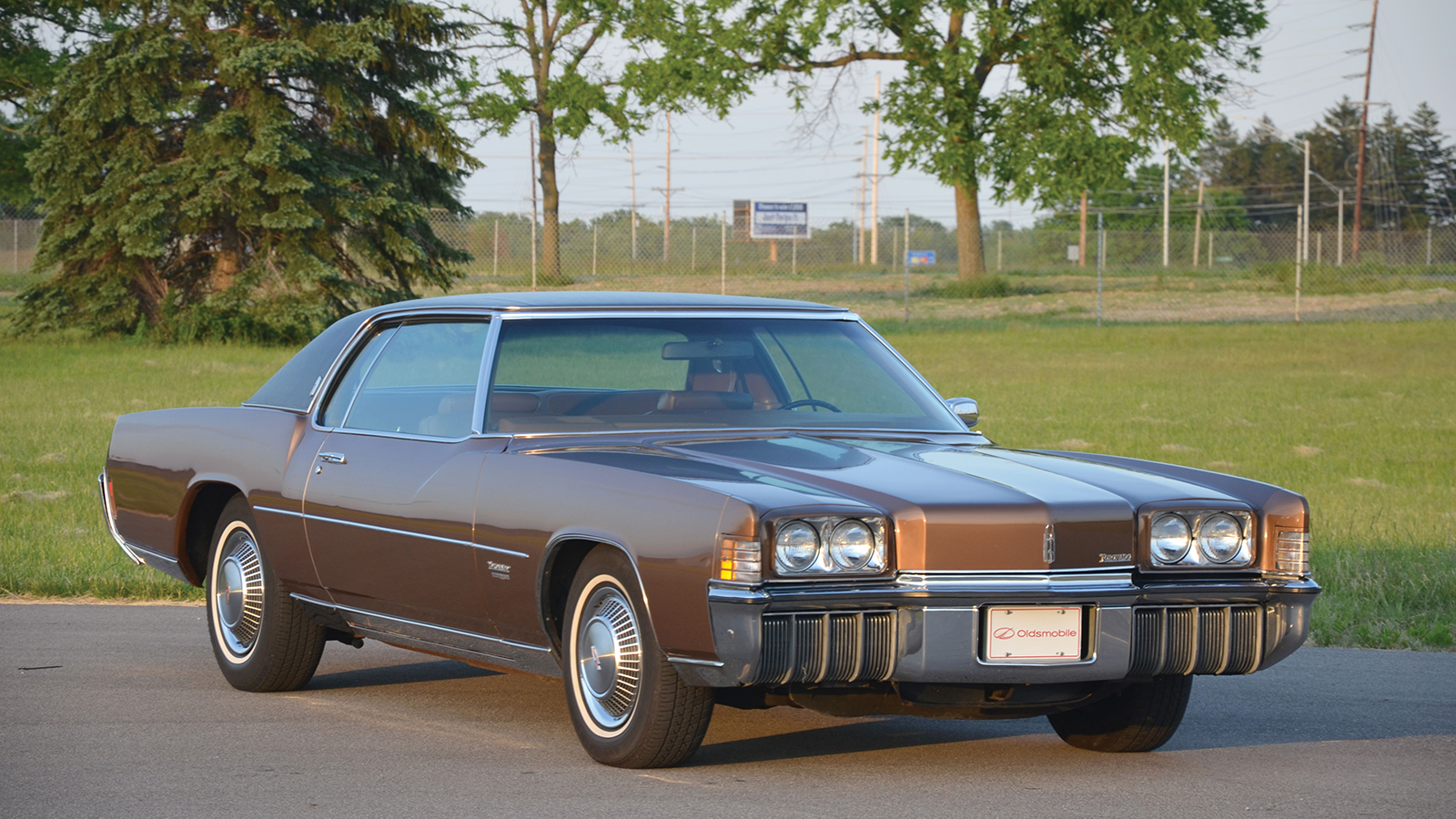 © RM Sotheby’s
© RM Sotheby’s -
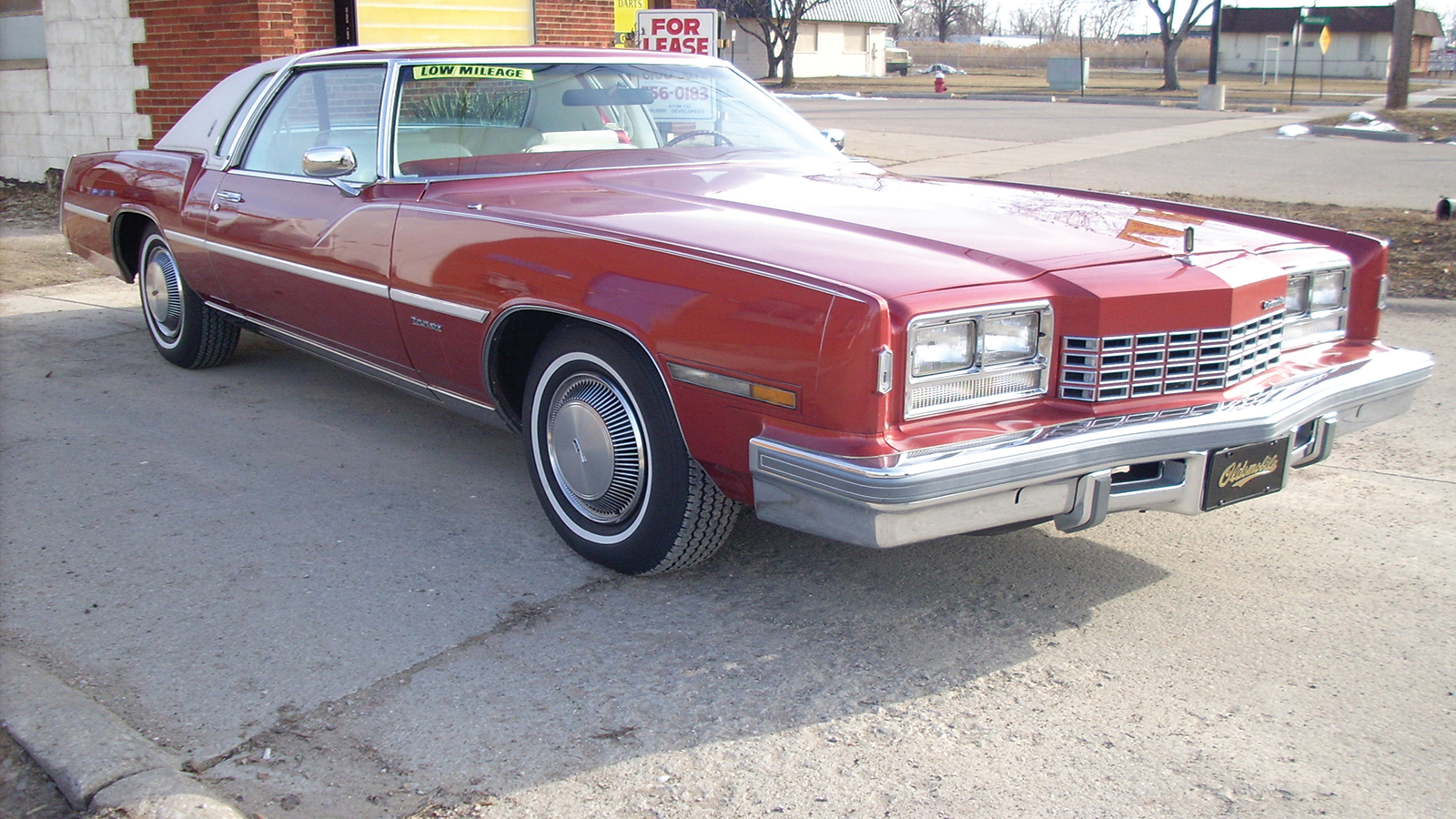 © RM Sotheby’s
© RM Sotheby’s -
 © The Market
© The Market -
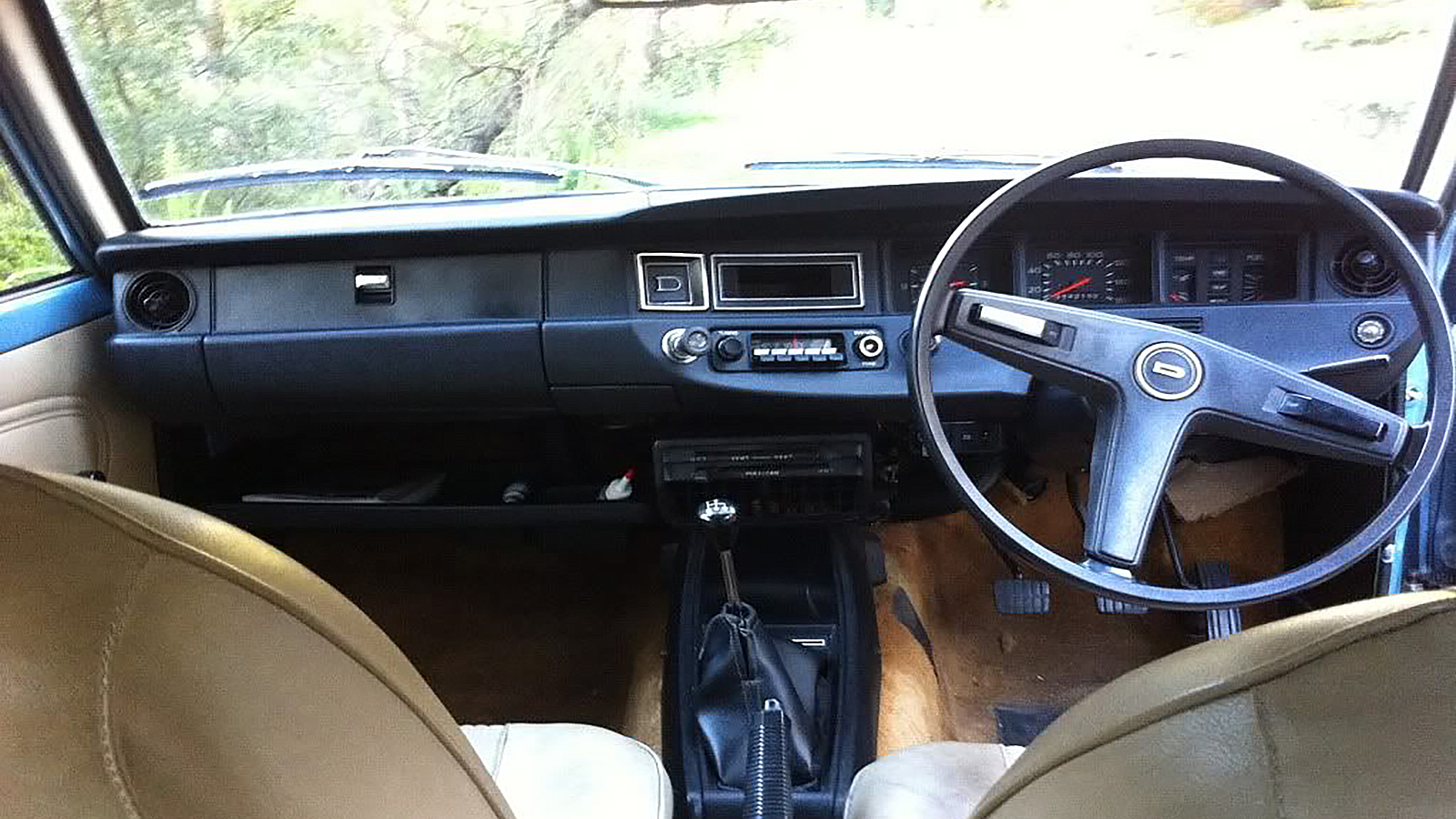 © Brian/JDM Tuning Forum
© Brian/JDM Tuning Forum -
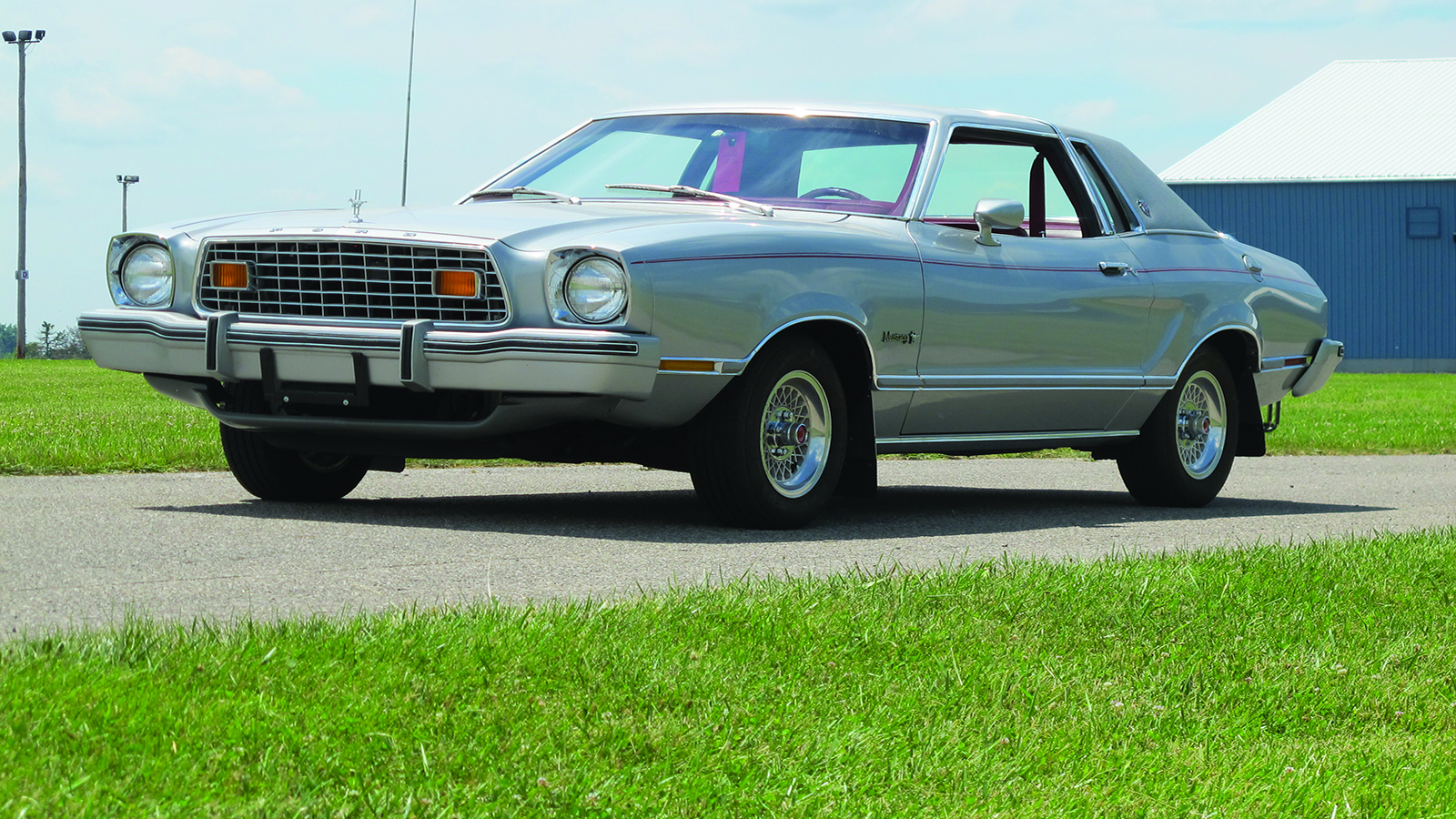 © RM Sotheby’s
© RM Sotheby’s -
 © Sicnag/Wikipedia
© Sicnag/Wikipedia -
 © Bonhams
© Bonhams -
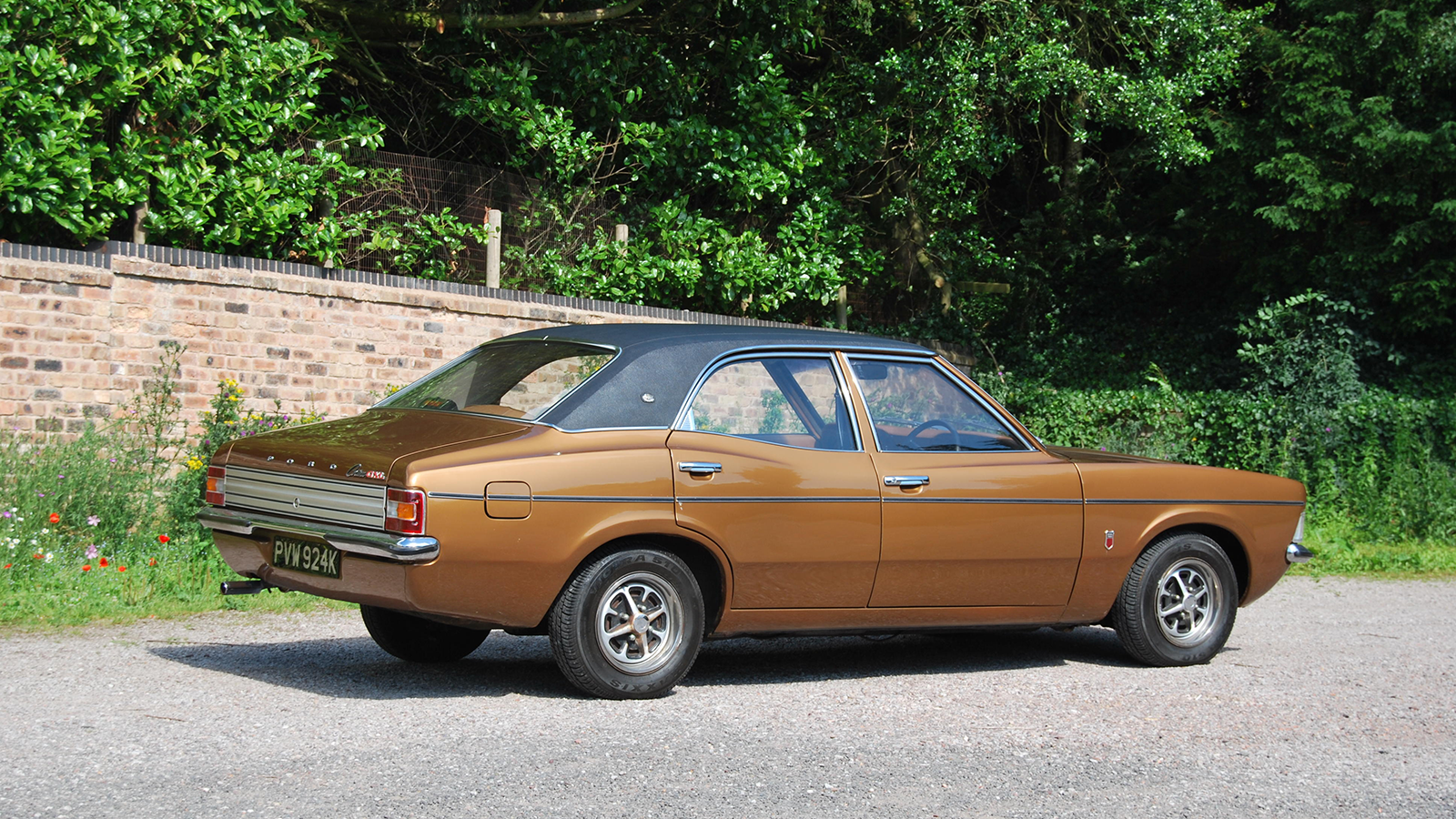 © Bonhams
© Bonhams -
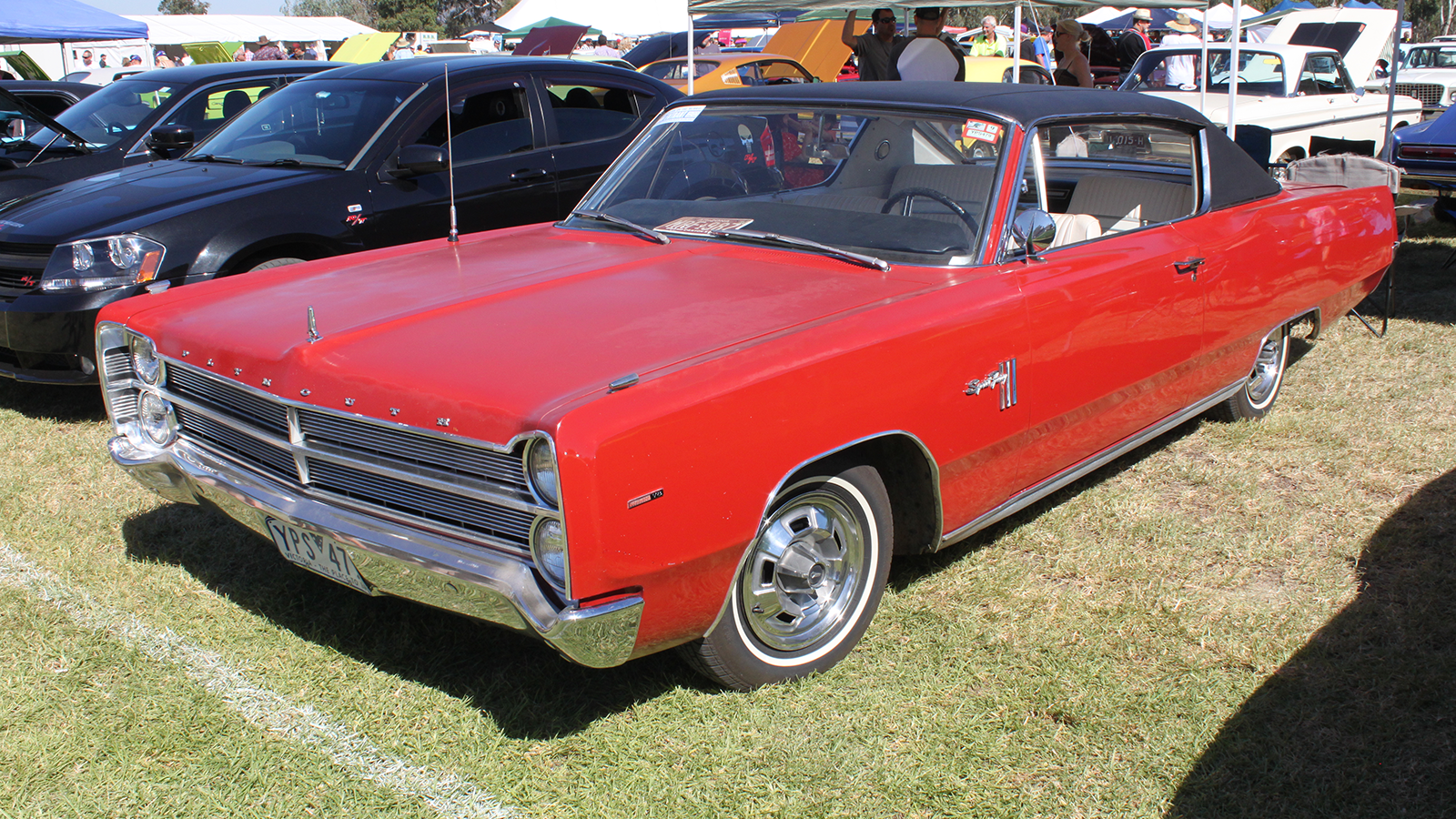 © Jeremy from Sidney/Wikipedia
© Jeremy from Sidney/Wikipedia -
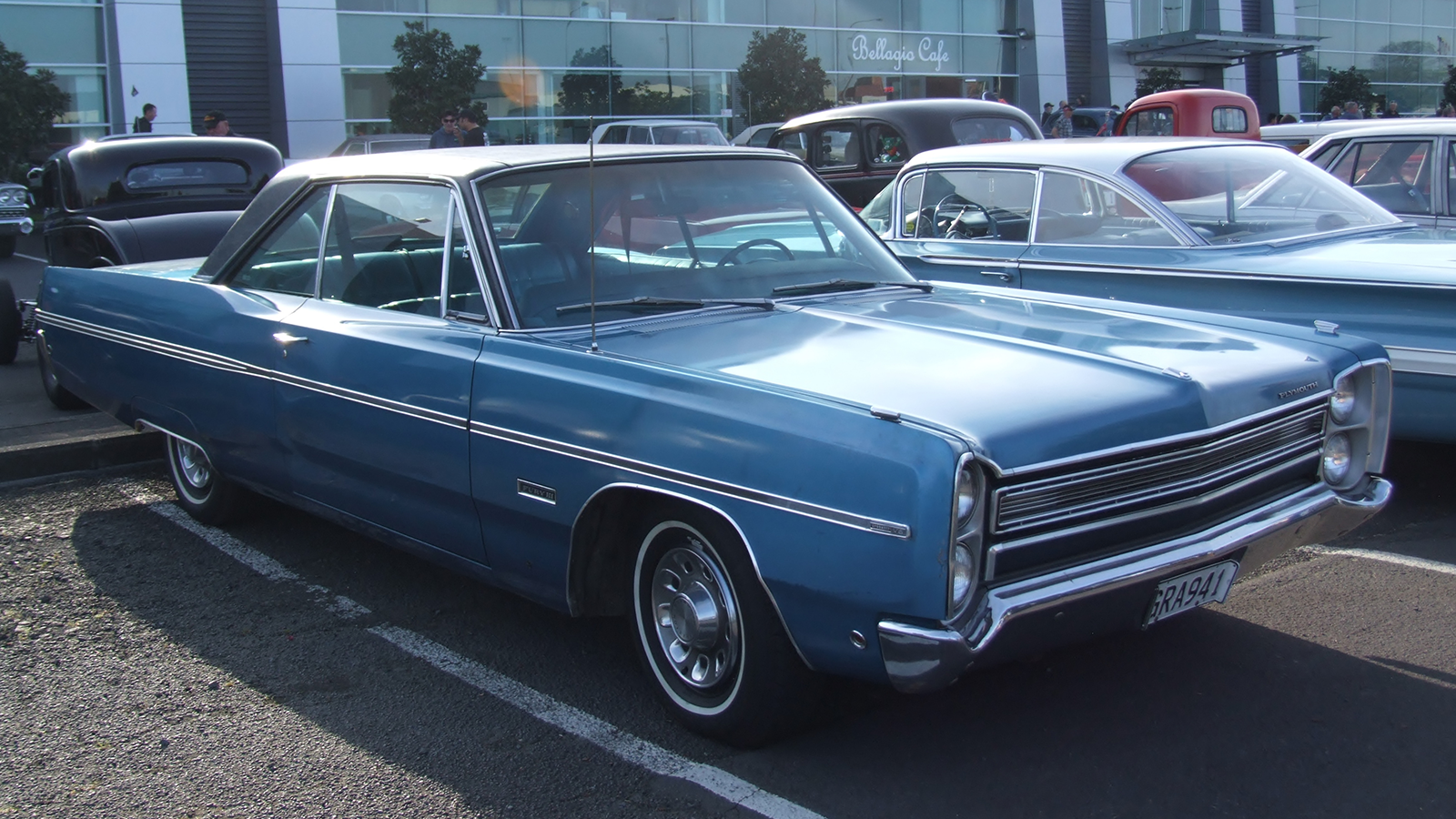 © GPS56/Wikipedia
© GPS56/Wikipedia -
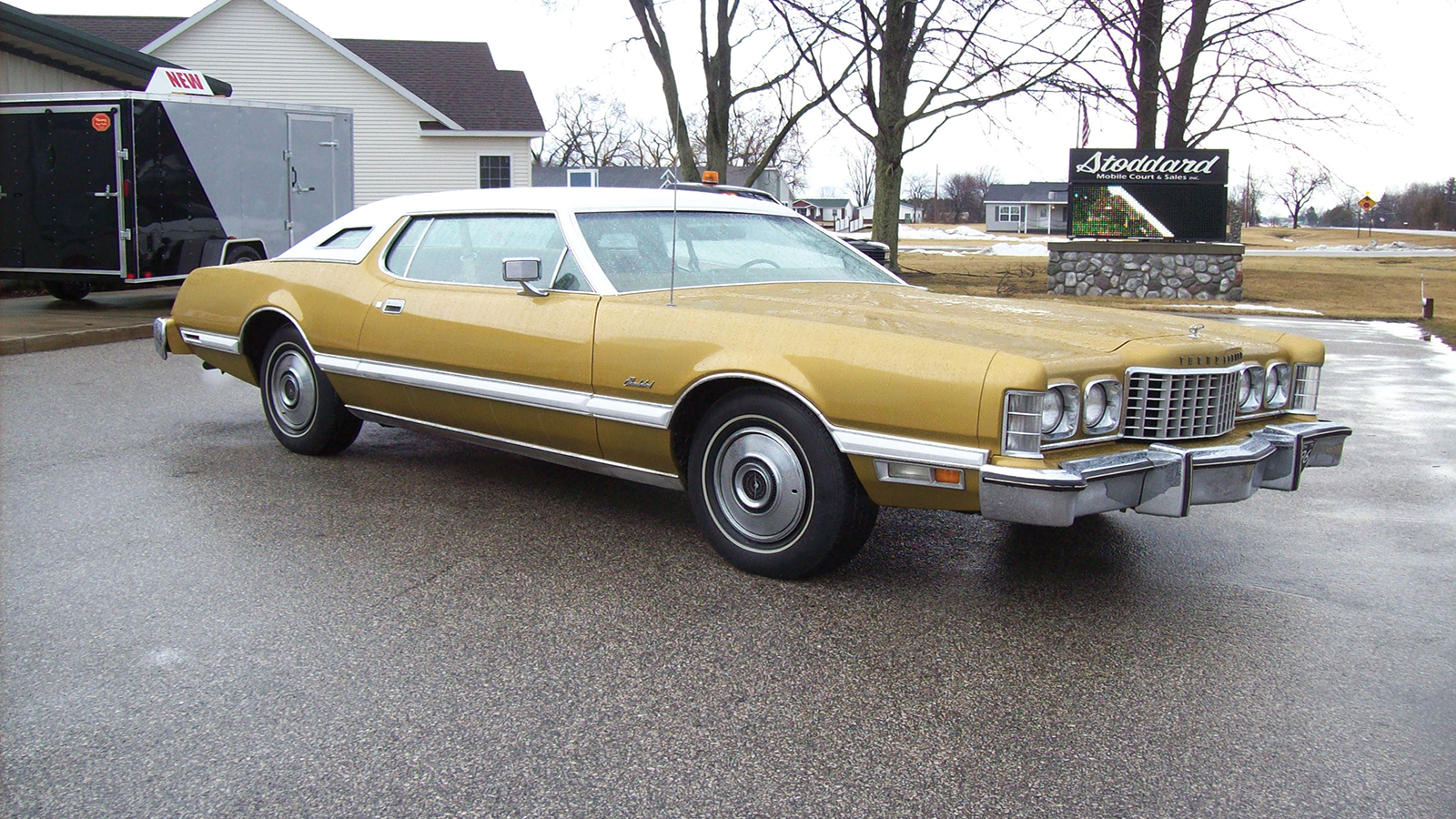 © RM Sotheby’s
© RM Sotheby’s -
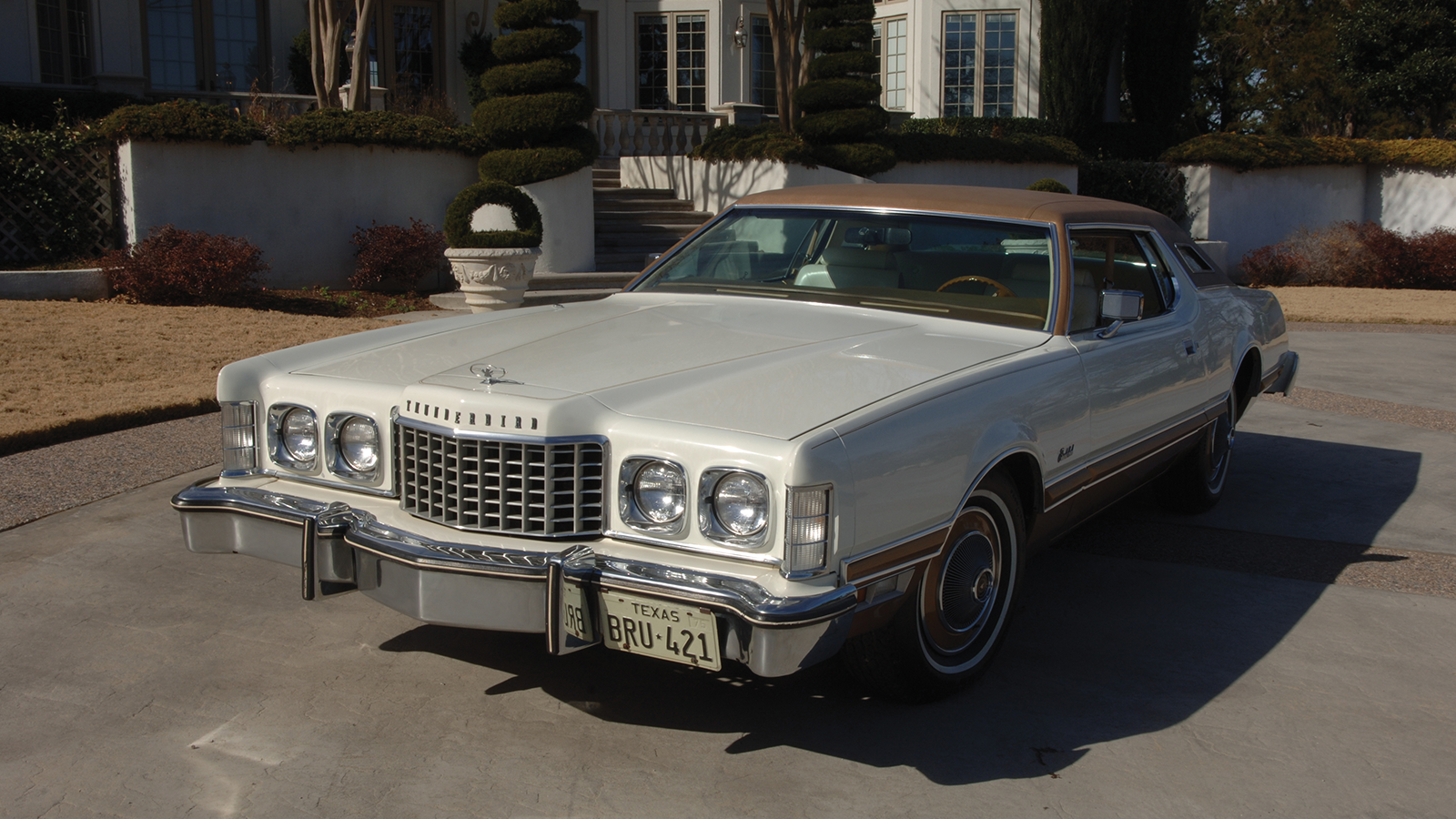 © RM Sotheby’s
© RM Sotheby’s -
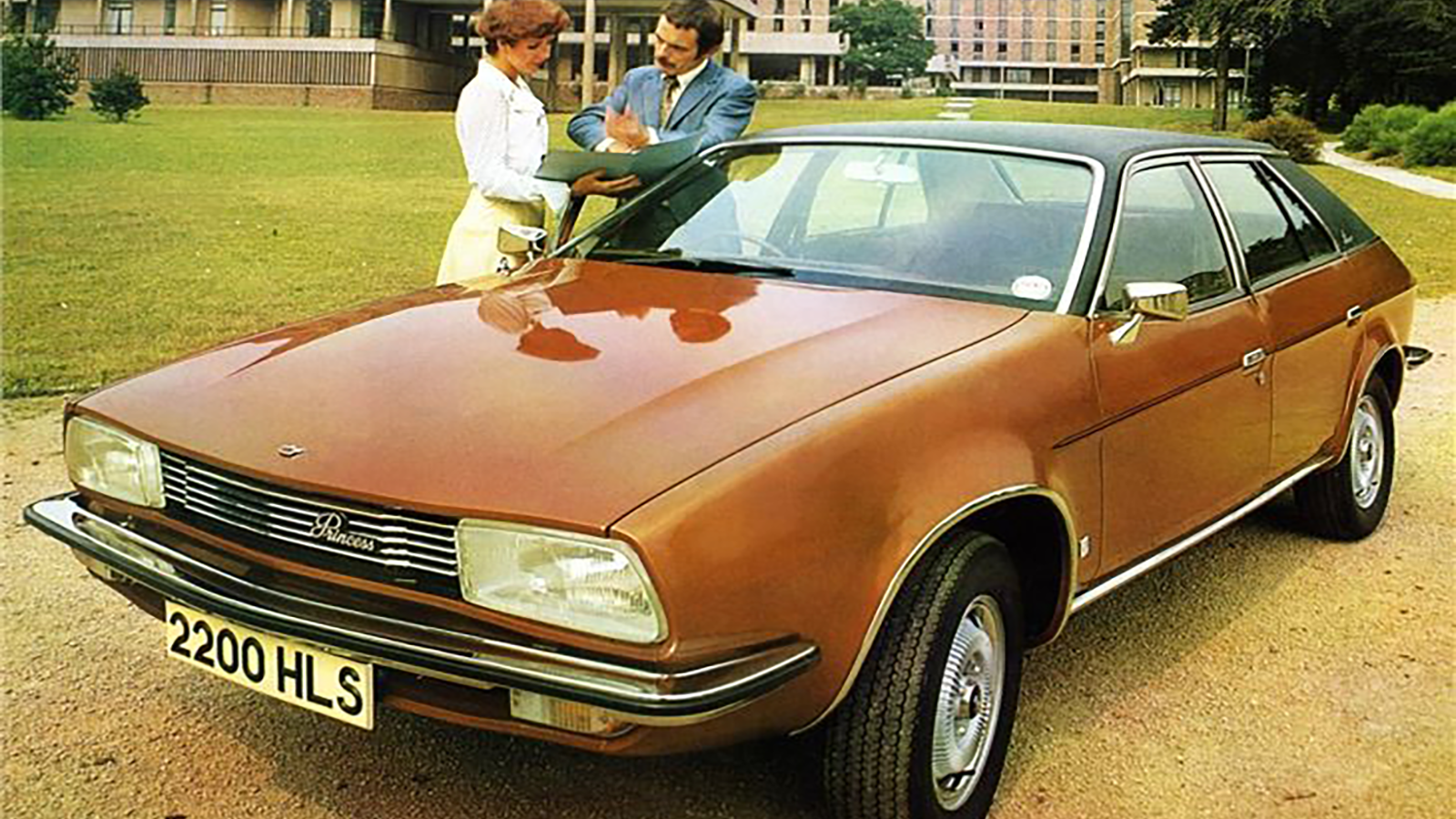 © Autocar
© Autocar -
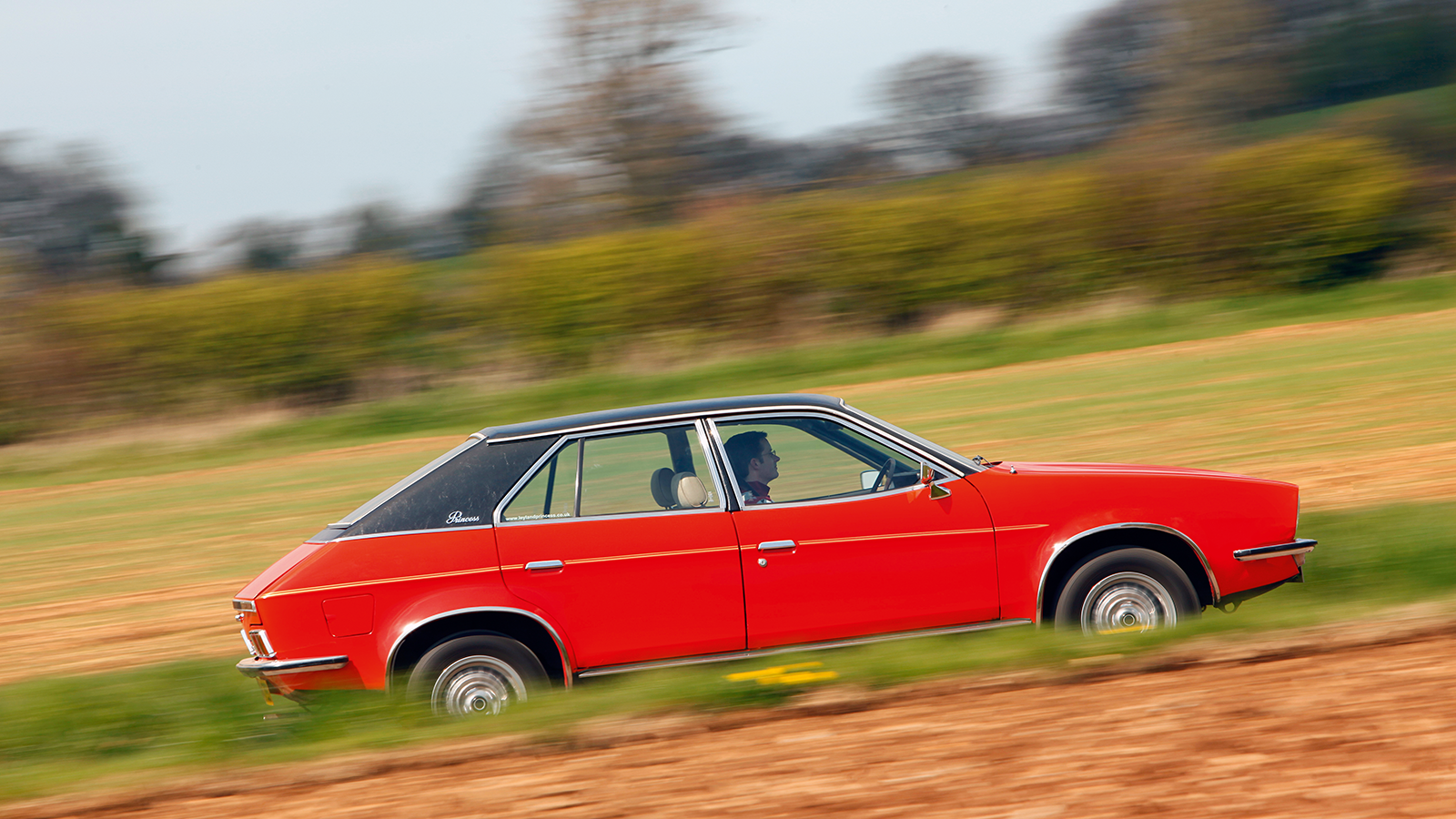 © Classic & Sports Car
© Classic & Sports Car
-
The vinyl countdown
The vinyl roof, all the rage at some points throughout the age of the car and universally reviled at others, is actually a classic piece of automotive misdirection. Okay, it’s not as bad as putting an M5 badge on the back of a BMW 520d (you know who you are), but it was originally designed to give people the idea that you had something you didn’t.
That’s because, back in the 1920s if you had a car with a fixed roof you might want people to think you actually had a convertible, and adding a vinyl covering gave that exact impression. From a distance.
Over the course of the subsequent decades, people decided the vinyl roof actually looked pretty nice in its own right, so it became a desirable cost option. It was also believed to add a little extra sound-deadening.
The use of the vinyl roof continued right through to the 1980s, after which it largely died out. Here are 15 of the best.
-
1. Vauxhall Cavalier (1975-1981)
The first-generation Cavalier was Vauxhall’s attempt to wrest sales from the all-conquering Ford Cortina, which is why it was available initially as a two- or four-door saloon and a two-door coupé.
It would eventually be available as a three-door Sports Hatch as well.
-
Vauxhall Cavalier (cont.)
The saloon was based on the Opel Ascona of the time, while the coupé was a lightly fettled version of the second-generation Opel Manta.
With the burgeoning company car market of the time, any tweak to make your car seem better than your neighbour’s was welcome, so the vinyl roof was offered to add an extra touch of luxury.
-
2. Triumph Dolomite Sprint (1973-1980)
The Triumph Dolomite was already known for being quite brisk and smooth, but cars such as the BMW 2002 had shown that more performance was needed.
So an engineering team led by the legendary Spen King developed a 16-valve cylinder head for an engine that had also been enlarged to 2.0-litres.
-
Triumph Dolomite Sprint (cont.)
And so the Triumph Dolomite Sprint was born.
But how to make it look like a more luxurious and sporty model? Alloy wheels were a good start, and twin exhausts looked neat. But it needed something else, a statement to set it apart.
Boom – a vinyl roof.
-
3. Dodge Charger (1968-1970)
Forget all those images of bright orange Dodge Chargers being jumped to destruction. The second-generation Charger is a whole lot cooler than that.
With its undivided grille and headlights hidden behind vacuum-operated flaps, plus of course, numerous rumbling V8 engines, it was the epitome of cool.
-
Dodge Charger (cont.)
In fact, it also had a starring role as the bad guys’ transport in what is generally accepted to be one of the greatest car chases of all time, in Bullitt.
The Mk2 Charger was long, low and extremely moody, and was set off perfectly by the addition of a vinyl covering for the roof.
-
4. Ford Capri (1968-1973)
If ever there was a car designed to look superb with a vinyl roof, the Ford Capri is that car. The long, low silhouette is the epitome of the British pony car, with its long bonnet and cab-rearward design.
And it didn’t matter that the huge bonnet usually covered a four-cylinder engine of 1.3 or 1.6 litres; it still looked like it had a 3.0-litre V6 under the bonnet, so that was okay.
-
Ford Capri (cont.)
In 1971, Ford launched the catchily titled Capri Vista Orange Special, which had a pushbutton radio, a heated rear window and a vinyl roof.
It looked cool, buyers loved it, and the Capri’s long association with the vinyl top was under way.
-
5. Morris Marina (1971-1980)
The Marina was Morris’ bid to get a slice of the family car (and hopefully the company car) action.
So it was a comparatively conventional rear-wheel-drive offering, but with a variety of body styles, including the conventional four-door three-box saloon, a five-door estate, a two-door coupé, and a pick-up and van. Pretty much every single base covered, then.
-
Morris Marina (cont.)
Buyers flocked to it in its early life at least, and it was one of the best sellers in the UK. Probably helped by the funky doorhandles.
It was made available in a range of bright hues to draw in buyers, with the option of a vinyl roof. No wonder it sold so well.
-
6. Hillman Avenger (1970-1978)
When it appeared in 1970, the Hillman Avenger looked pretty cool with its ‘coke-bottle’ styling and boomerang rear lights (long before Maserati did a similar thing on its 3200GT in 1998).
But it didn’t look as cool as it eventually would, because it wasn’t until 1972 that the GLS model was introduced, with its Rostyle wheels and, oh yes, vinyl roof.
-
Hillman Avenger (cont.)
The styling was tweaked (and made more anonymous) as part of the rebadging to Chrysler in 1976, and further to Talbot in 1979. Gone were the cool front and rear ends, replaced by much blander affairs.
Still, one high point was that the vinyl roof remained as an option throughout.
-
7. Volvo 262C (1977-1981)
Back in the 1970s Volvos were known for being big, square, safe and worthy – and a bit dull.
The company wanted to create a bit of a buzz around itself, so worked with Italian styling house Bertone to come up with the 262C coupé, which was big, square, safe and worthy – but also more than a little bit cool.
-
Volvo 262C (cont.)
Why was that, you may ask? Well, for a start it had two doors, and its roofline was almost 10cm lower than that of the 260 saloon on which the car was based.
And of course, that roofline was swathed in deep, luxurious vinyl. Job done.
-
8. Cadillac Coupe De Ville (1977-1984)
The fifth-generation De Ville was a bit of a landmark for the company, because Cadillac had seen the light. Or at least the benefit of lightness.
So, not only was the car shorter and narrower than the previous-generation model, but it was also half a tonne lighter. Crikey.
-
Cadillac Coupe De Ville (cont.)
A popular option on the coupé versions of the model was the ‘Cabriolet’ package, in which the rear half of the roof was replaced with a padded vinyl roof. Indeed, calling the option Cabriolet harks back to the origins of the vinyl roof in the 1920s as a ‘fake’ convertible top.
For 1978, the saloon and coupé were offered with the Phaeton package, which featured a false convertible top using, of course, padded vinyl.
-
9. Oldsmobile Toronado (1971-1978)
The first-generation Oldsmobile Toronado was a bit of a pioneer, because it had front-wheel drive.
And either a 7.0-litre V8 or a 7.5-litre V8. And at least 385bhp. And the only traction control was the skin-and-bone appendage at the end of your right leg. Bold.
-
Oldsmobile Toronado (cont.)
However, it wasn’t until the second-generation car of 1971 that the Toronado became really cool.
It was seen as quite the luxury car, so had options such as air-conditioning, an eight-track tape player, an electric clock, cruise control, electric windows and, to top it all off, a vinyl roof.
-
10. Datsun 120Y (1973-1977)
Talk about good timing. The third-generation Datsun Sunny was called the 120Y in the UK and arrived at the height of the 1973 oil crisis. On top of that, the UK car industry was riven with strikes, so British cars were proving difficult to obtain.
The 120Y was available as a four-door saloon, two-door fastback, as an estate and as a van, so had many bases covered, and the saloon featured the popular styling touches of the era, including rear doors with a rising windowline and, of course, the option of a vinyl roof. Oh, and it would do around 27mpg.
-
Datsun 120Y (cont.)
The vinyl roof option was available on the four-door saloon and much rarer two-door fastback models.
The comprehensive equipment drew fans. Standard features included a heated rear screen, a dual-band radio, reclining seats and even wipers with more than one speed, so the 120Y quickly became the second best-seller of all UK imports.
-
11. Ford Mustang Ghia (1973-1978)
The Ford Mustang had been getting a bit bigger, a bit heavier, a bit thirstier. Then the 1973 oil crisis hit, and people began to move away from the pony car into smaller, cheaper alternatives.
So the second-generation Mustang was more compact and came with either a 4.9-litre V8, a 2.8-litre V6 or a 2.3-litre (whisper it) four-cylinder engine. It worked a treat, and the car was well received by not only the motoring press, but also by eager buyers.
-
Ford Mustang Ghia (cont.)
For the 1974 model year, the V8 engine was dropped (it would later reappear), and a more luxurious Ghia trim level was introduced.
This featured, as the ultimate sign of 1970s luxury, a padded vinyl rear section for the roof, plus tall opera windows.
-
12. Ford Cortina (1970-1976)
Luxury was undoubtedly the way forward for the Mk3 Ford Cortina.
So it was a little wider, had more space in the cabin, and looked a whole lot more modern than its somewhat square predecessor. If you were a travelling salesman, your life had become pretty comfortable indeed.
-
Ford Cortina (cont.)
There were four trim levels available, starting with L and rising through XL, the GT and finally GXL.
The top-end models were notable for having not only side rubbing strips but also four headlights, funky Rostyle wheels and a vinyl roof. With all that lot, your contemporaries knew you were having a very decent year indeed.
-
13. Plymouth Fury (1965-1968)
Plymouth parent company Chrysler was going through some internal turmoil in the early 1960s, and the third-generation Plymouth Fury was a victim.
It was designed on a smaller platform, which buyers decided they didn’t like and voted with their wallets. It was less ‘Fury’ and more ‘mild disappointment’.
-
Plymouth Fury (cont.)
So, for this fourth-generation car it was reinstated on a full-size platform and offered with numerous luxury options, including power steering, whitewall tyres, air-conditioning, a stereo radio and the all-important vinyl roof.
Between 1966 and ’69, the top-end Fury was called the Plymouth VIP (very important Plymouth, apparently), and again the vinyl roof was top and centre.
-
14. Ford Thunderbird Mk6 (1972-1976)
Back in the 1960s, the advent of the Mustang had forced Ford to push the Thunderbird upmarket.
The sixth-generation car was bigger than ever, at more than 5.7 metres long and weighing more than two tonnes with the 7.5-litre V8 motor up front.
However, despite the presence of the huge engine, the car’s sheer heft and the fact that the motor was stifled by US smog laws meant performance was best described as lackadaisical.
-
Ford Thunderbird Mk6 (cont.)
Still, that gave owners more time to enjoy the vast interior plus the air-conditioning, power windows and tinted glass.
Better still, it gave passers-by plenty of time to admire the vinyl roof and opera windows.
-
15. Princess (1975-1981)
When is an Austin not an Austin? When it’s a Princess, apparently.
The car was initially marketed in 1975 as an Austin/Morris/Wolseley 18-22 Series. But then British Leyland killed off Wolseley and merged Austin and Morris, and the Princess was left to go it alone as its own sub-marque. It only ever had Austin badges in New Zealand.
-
Princess (cont.)
It did have Austin running gear, from the 1800 range that first saw the light of day in 1964, but at least the Princess had the wedge-shaped look of a much more modern machine.
The vinyl roof and C-pillars were also seen as an enhancement, helping the car seem longer and lower while making the refinement a bit better.
Early road tests praised the car’s comfort and space, although it was criticised for the fact it had a boot opening and not that hatchback it looked like it should have.
